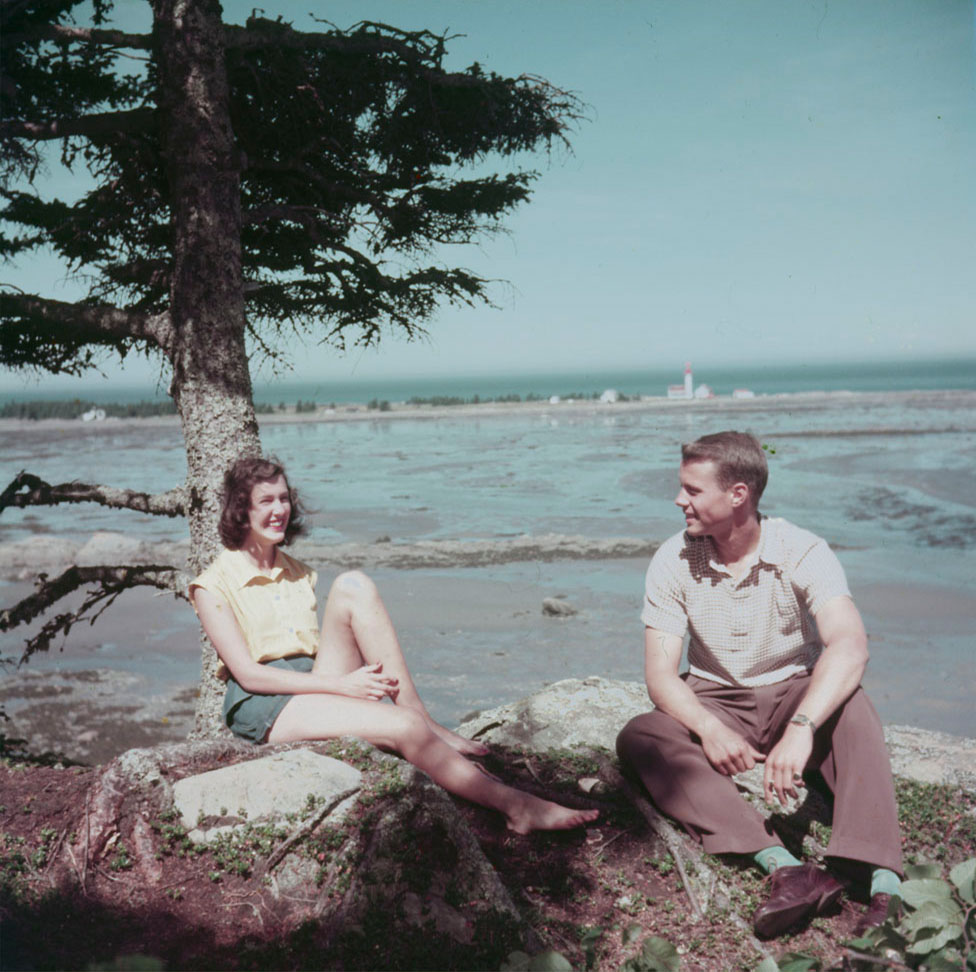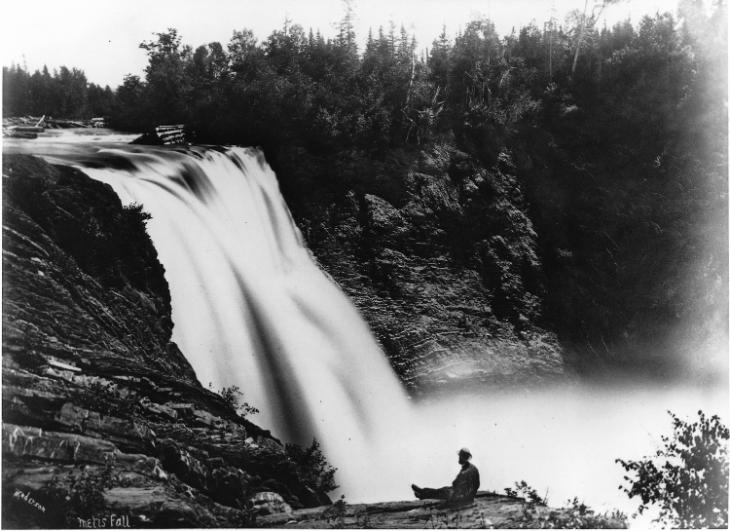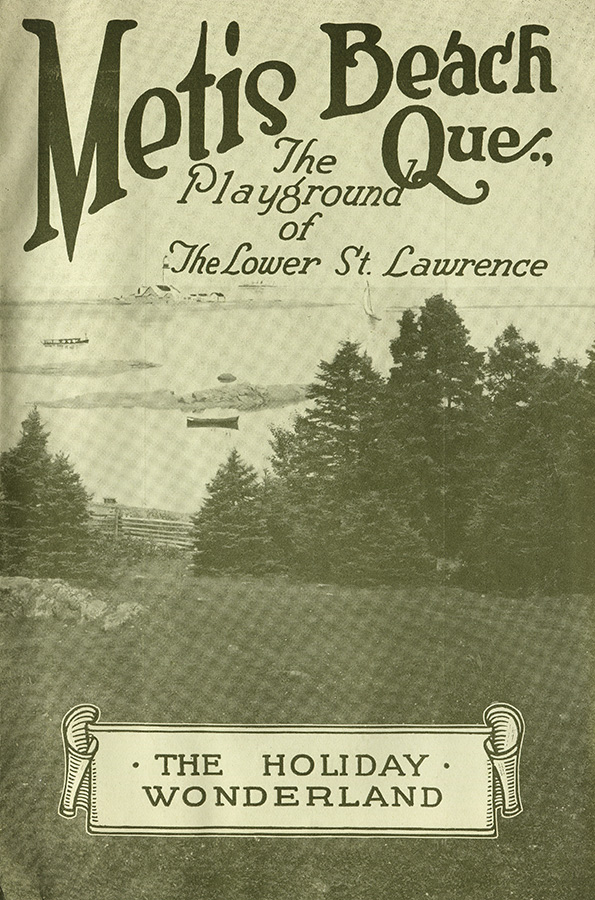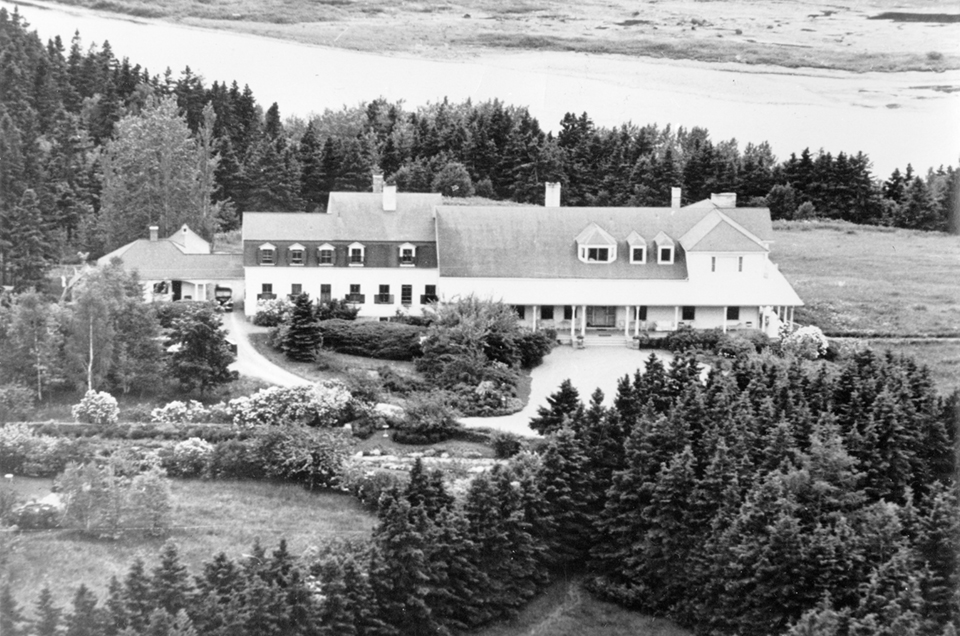Tourists in our Midst – From Air Spa to Summer Community
Metis was at the heart of the tourism economy. The village welcomed visitors and thousands of tourists who made it their summer destination. Montreal newspapers often listed the guests arriving and departing, even inventorying where they were staying and for how long.
Metis had a special appeal. Even families who had first established themselves in Cacouna near Rivière-du-Loup or Murray Bay in Charlevois region made their way to Metis, drawn by the air. Hotels and boarding houses develop rapidly. In 1893, there were at least nine hostelries at Leggatt’s Point alone, each one with names illustrating their site or owners: Woodlands, Mr. Leggat’s, Gleniffer Cottage, Rosemount, The Manse, Belvoir Cottage, Meikle Cottage, Grant Cottage and Seaview Cottage.
Observers estimated that the population of Metis swelled by as many as 1,500 visitors in summer. Hotel registers provide a portrait of the clientele. What is noteworthy is the large number of visitors whose homes were far distant, like Ottawa, Toronto, Halifax, Philadelphia and New York.

Hartland MacDougall served as a model for this photo shoot to promote Metis to a new generation of youthful travellers.
The golden age of tourism ended after World War II with the rise of the motor hotel. When the car become king, the shoreline hotels in Metis were ill-suited to a new generation of traveller. None of them had extensive car parks or space to accommodate those wishing to park in front of their bedroom door. Several hotels succumbed to flames; others were pulled down because of the rising cost of insurance.




